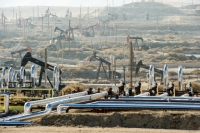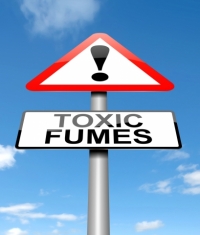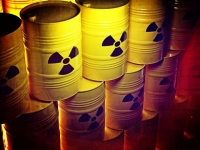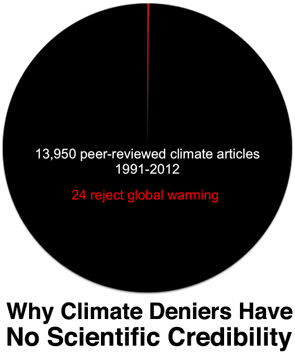A Pennsylvania wastewater treatment plant alleged to have dumped toxic and radioactive materials into the Allegheny River has agreed to construct a new treatment facility, under a settlement announced Thursday with an environmental organization that had filed suit against the plant.
Back in 2011, Pennsylvania made national headlines because the state's treatment plants – including municipal sewage plants and industrial wastewater treatment plants like Waste Treatment Corporation – were accepting drilling and fracking wastewater laden with pollutants that they could not remove.
In July 2013, Clean Water Action alleged in a lawsuit that Waste Treatment Corp. of Warren, PA violated the federal Clean Water Act and the Endangered Species Act, along with Pennsylvania's Clean Streams Law by continuing to discharge partially treated wastewater, carrying corrosive salts, heavy metals and radioactive materials into the river, which serves as the drinking water supply for hundreds of thousands of people, including much of the city of Pittsburgh.
Under the terms of the settlement, within 8 months, Waste Treatment Corporation must install advanced treatment technology that will remove 99% of the contaminants in gas drilling wastewater.
Until those treatment methods are in place, Waste Treatment Corporation agreed to stop accepting wastewater from Marcellus shale wells, notorious for its high levels of radioactivity, and to cut the amount of wastewater it can accept from conventional gas wells by over a third.
“The settlement represents the first time an existing industrial treatment plant discharging gas drilling wastewater in Pennsylvania agreed to install effective treatment technology to protect local rivers,” Clean Water Action wrote in a press release.





























